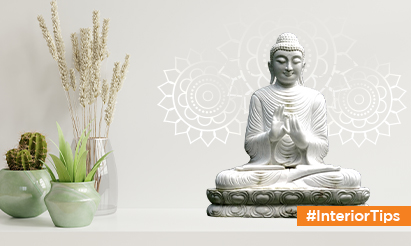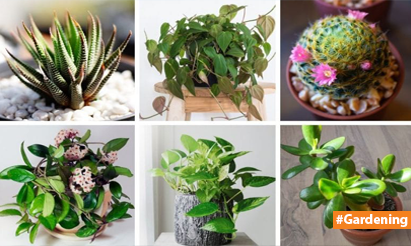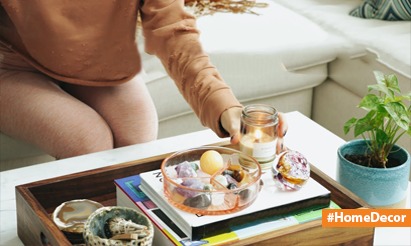Seepage of water: How to avoid it?
Seepage of water
Water seeping through a wall of water running from one location to another is caused by the existence of tiny holes caused by any breakup or porous materials. Seepage in the walls is among the most prevalent structural problems that most Indian homeowners experience.
The deterioration produced by water seepage is almost irreversible, and it must be repaired each season through redecorating. Water seepage in walls, on the other hand, can be prevented if sufficient safeguards are followed throughout construction. Not only will it save you money, but it will also maintain the overall structural integrity of your building. Here’s everything you need to know regarding water seepage through walls and how to control it in India.
Reasons of Water Seepage
Seepage in walls can occur as a result of poor building material or a failure to take water hardening procedures effectively throughout the construction process. Because the concrete construction’s external walls are exposed to the elements, frequent contact with rainwater can cause cracks in the outside coating, allowing water and humidity to leak into the construction. The surfaces become moist as a result of the seepage. When wall seepage is not addressed promptly, the moisture seeps into the interiors, destroying the wall paint.
Additional factors that contribute to wall seepage include:
- Seepage in the wall might be caused by leaks in the sewage lines, the toilet, the kitchen, or the water tank.
- Seepage in the wall can be caused by leaks in water supply lines, bathroom bathroom fixtures, and drainage systems.
- Water seeping through the bathroom tiles might cause wall seepage.
- Faulty plumbing in a home can cause serious seepage in the walls.
- Seepage in walls can occur if the outer walls of structures are not plastered.
- Moisture rising from the ground causes seepage in the walls and flooring.
- Due to a lack of drainage pipes, water might accumulate on the roof or balcony, causing seepage in the walls.
Seepage in the wall: Negative consequences in your home.
Both exterior of your home as well as your wellness are both harmed by seepage in the walls. Whereas a property having extensive seepage in the walls may appear unsightly, it also leads to moist walls and floors, which can be harmful to your health. In severe cases, seepage in the walls ruins the coatings, wall sheets, and even the tiles. It genuinely extends to destroy the furniture (especially wooden furniture) that is frequently utilised at home. Damp walls encourage the formation of fungi and moulds, that can be harmful to your health. Seepage in the wall is bad for the structure of the home since it eventually affects the basis of the house, such as the iron bar, bricks, and other materials.
How can I conceal a seepage in the wall?
Your house would look unattractive if there is seepage in the walls. If you want to repair the seepage in your wall yet keep it hidden so it doesn’t look unsightly, we have some tips for you.
1) When there is seepage at the bottom, or bottom half of the wall, a large sofa can be used to conceal it. Be careful not to stick the sofa to the wall, and make sure the sofa isn’t made of wood or iron, as these materials can be impacted by wall seepage.
2) If the seepage is in the upper half of the wall, a wall painting frame can be used to conceal it.
3) You could also use wallpaper to cover the area where there is seepage in the wall.
4) Vertical gardens are popular these days, and they can actually assist you conceal a leaky wall.
Ways to Prevent Wall Seepage
- To guarantee optimum ventilation in the kitchen and bathroom, use exhaust fans. This is done to remove moisture from the interiors and avoid seepage through the walls.
- Drying laundry indoors is not a good idea because it adds a lot of moisture to the house. Dehumidifiers can also be used to remove moisture from the air, reducing water seepage in the walls.
- Painting the walls during the winter can cause a lot of humidity inside the walls, which can lead to water seepage. Once you can leave the windows open, painting is the best option.
- Ensure that any steam generated within the kitchen is removed as quickly as possible to minimise moisture on the walls, which could lead to water seeping through
Disclaimer: The views expressed above are for informational purposes only based on industry reports and related news stories. PropertyPistol does not guarantee the accuracy, completeness, or reliability of the information and shall not be held responsible for any action taken based on the published information.





Thanks for posting
You can chek: Real Estate Company in Coimbatore